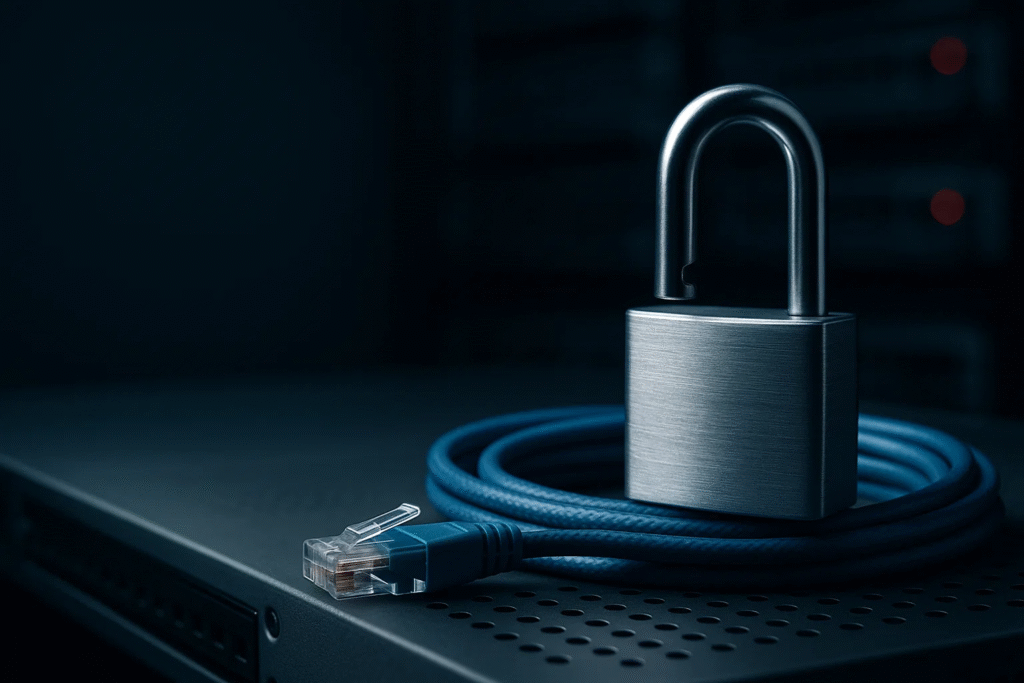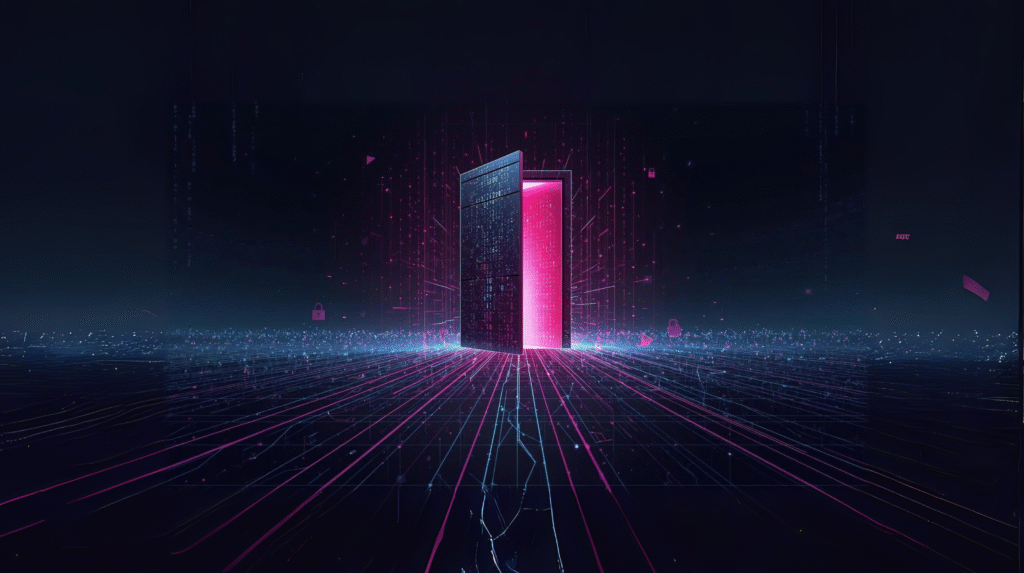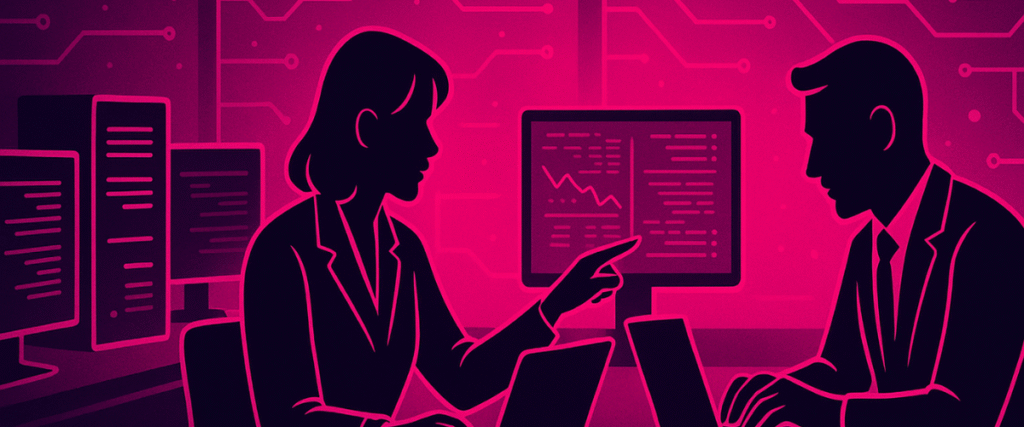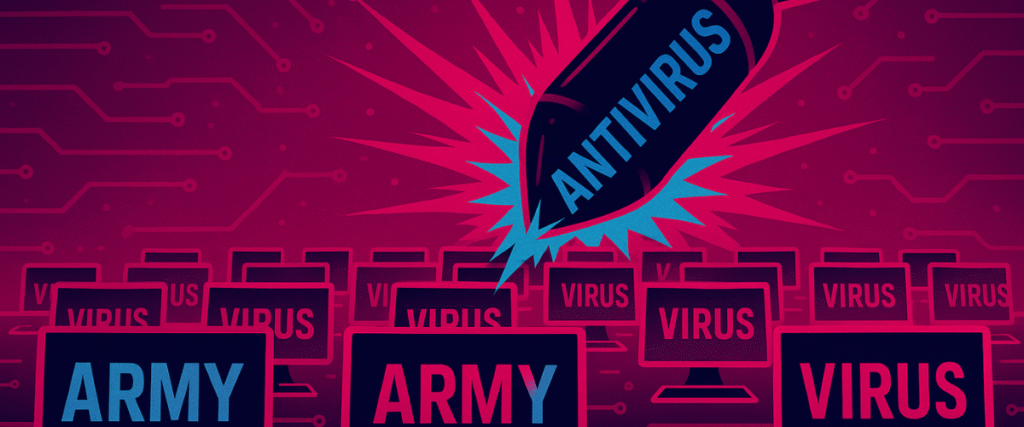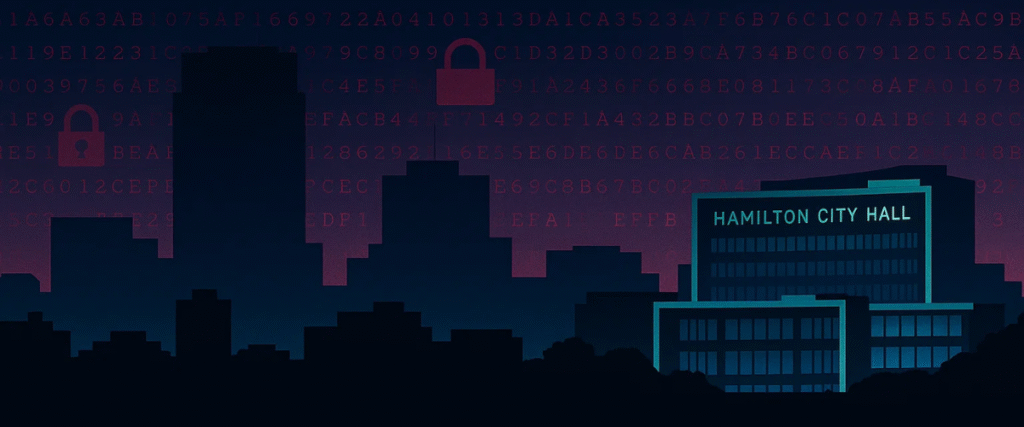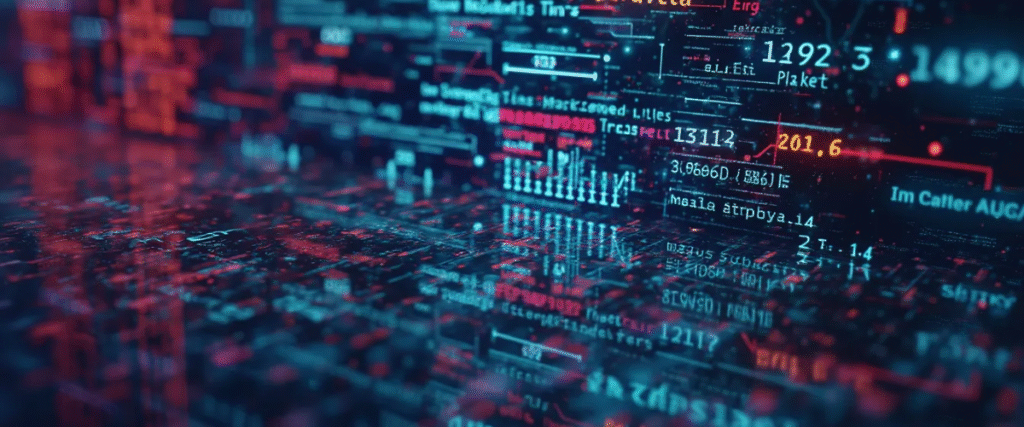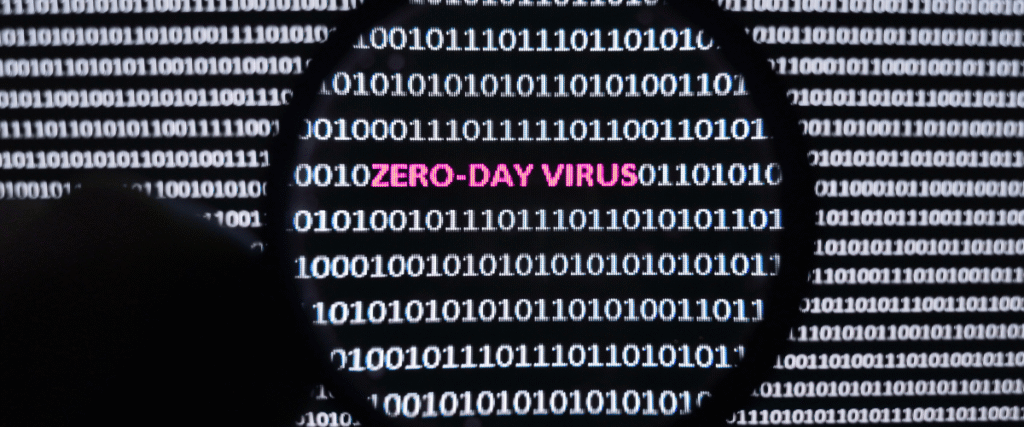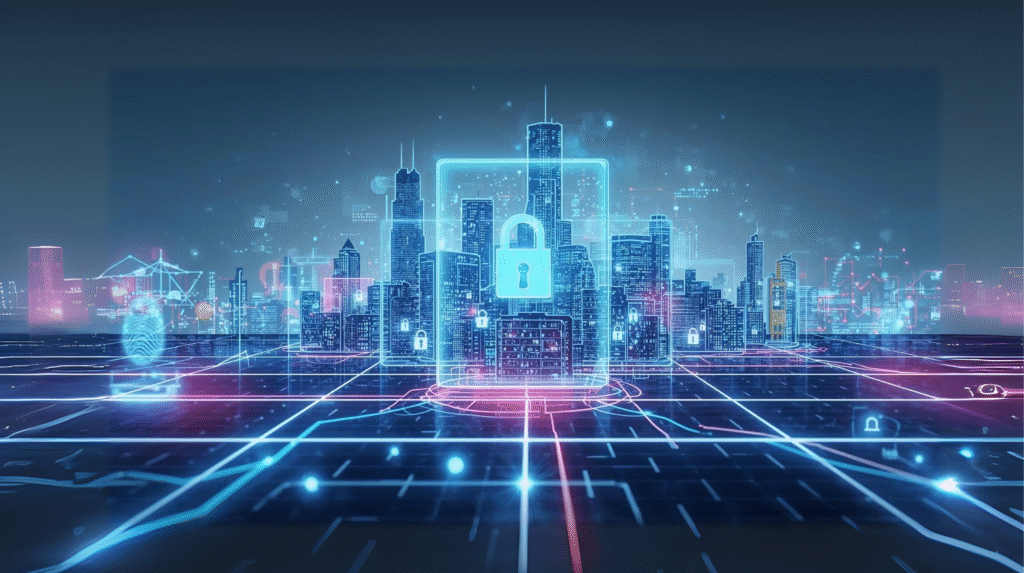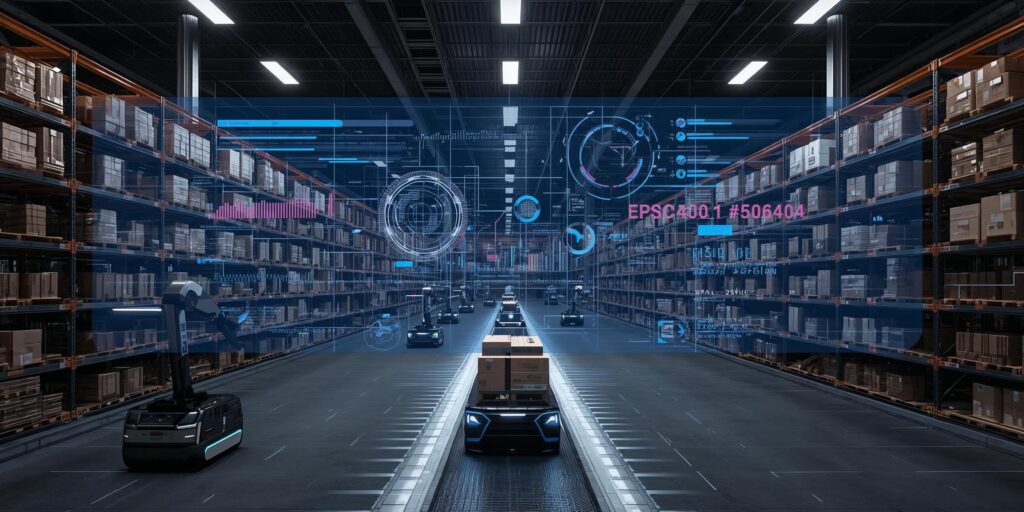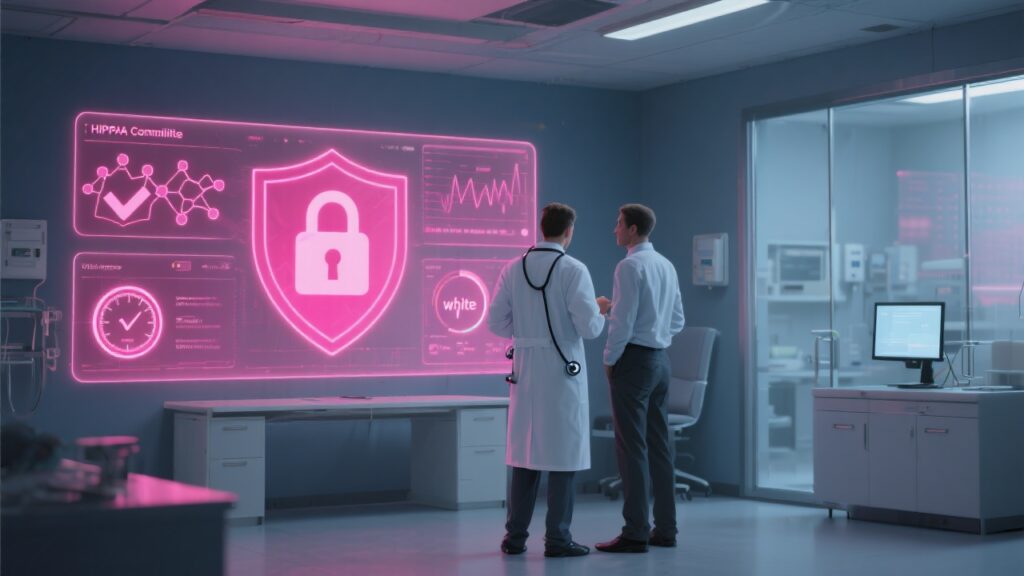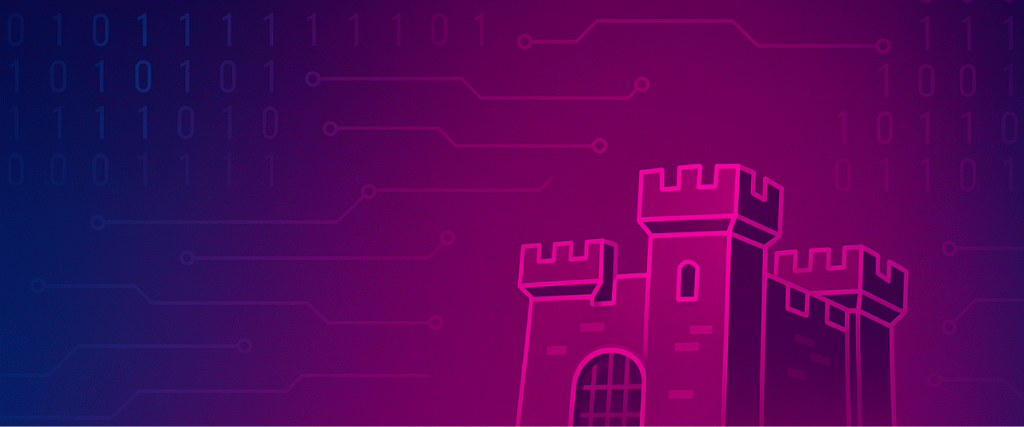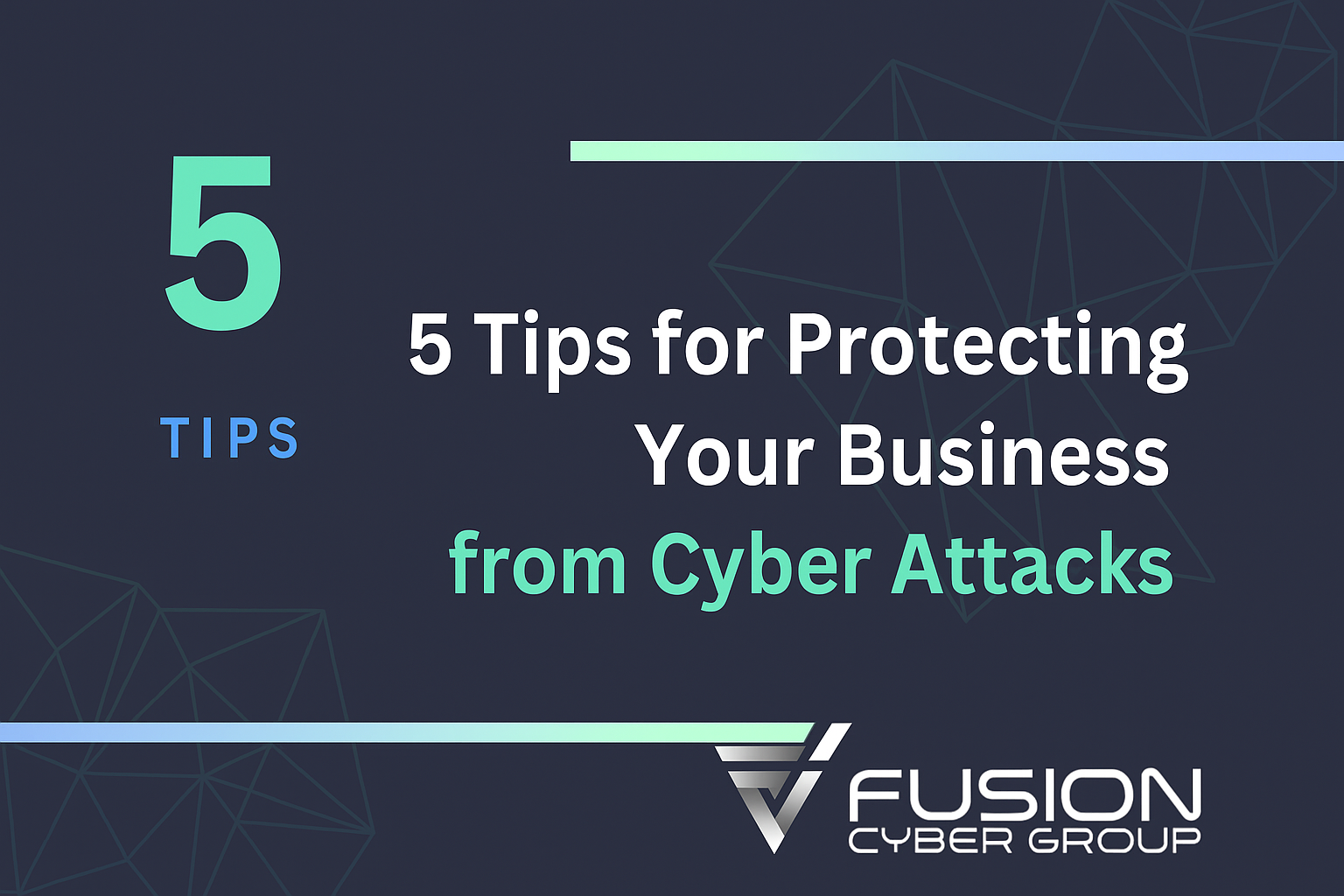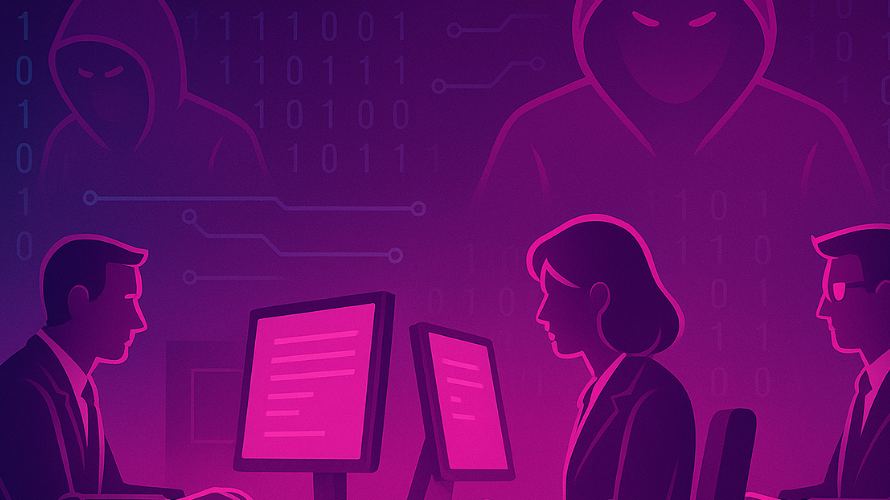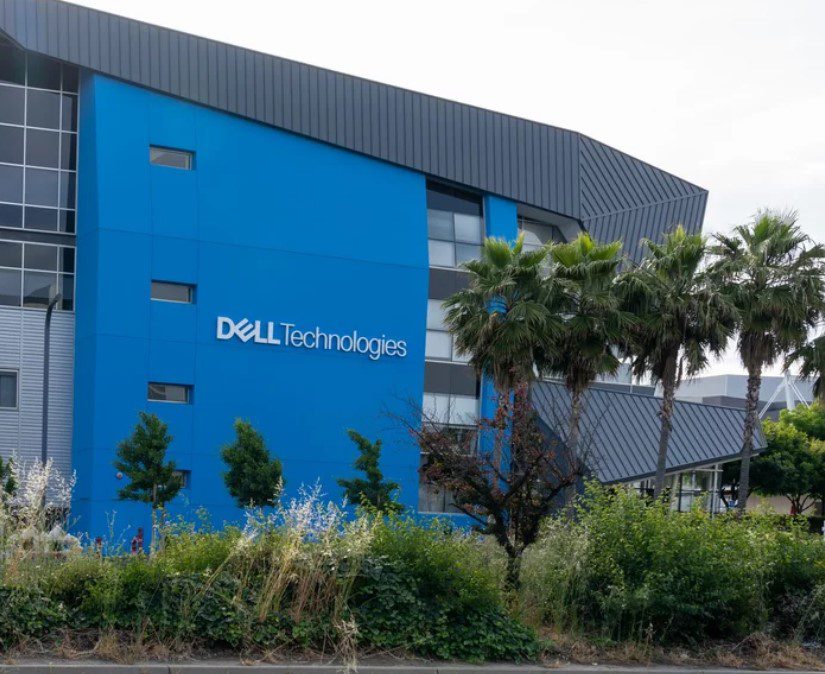
Sustainable IT means running technology with less energy, less waste, and more business value.
What is “sustainable IT”?
Sustainable IT is the set of policies, architectures, and day-to-day habits that reduce the environmental impact of your technology across its lifecycle—procurement, operations, software, cloud, and end-of-life—while maintaining (or improving) performance and security. In plain terms: do the same (or more) business with fewer watts, fewer boxes, and less waste. That means buying devices that last longer and draw less power, configuring them to sleep when idle, running cloud resources only when they add value, writing leaner software, and retiring hardware through certified reuse/refurbishment and recycling. It’s not a “green add-on”; it’s a management discipline that aligns cost, risk, and resilience.
Practically, a sustainable IT plan touches five areas most SMBs already manage—just with clearer defaults and measurement:
- Procurement: Standardise on energy-efficient, repairable devices with strong warranties and parts availability. Specify power management, battery health, and firmware update requirements in RFPs, not after deployment.
- Operations: Enforce sleep/hibernate, screen timeouts, and patch baselines through MDM; in server rooms, tidy airflow, modernise UPS gear, and raise set-points where safe to cut cooling load.
- Cloud: Right-size instances, auto-stop non-production after hours, set storage lifecycle policies, and kill “zombie” resources. Where workloads are flexible, shift batch jobs to lower-carbon hours/regions.
- Software: Reduce unnecessary compute with caching, compression, and efficient queries; measure and optimise the hot paths that burn the most CPU.
- End-of-life: Use certified data erasure, prioritise reuse/refurbishment, and recycle responsibly with documented chain of custody.
You don’t need a new team to begin. Start with a light baseline (devices, kWh, cloud spend), pick three KPIs that matter (e.g., kWh/employee, % devices under power policy, % assets responsibly reused/recycled), and review monthly. Most gains come from defaults: a policy set once, applied everywhere.
Why it matters to SMB leaders

Cost control: Energy-efficient devices, right-sized cloud, and de-duplicated storage directly lower OPEX. Add simple defaults and the savings compound: enforce power plans via MDM, auto-stop dev/test environments after hours, and move stale data to colder, cheaper storage. Trimming idle compute and storage sprawl reduces both the electricity line and the invoice from your cloud provider. Standardising models also lowers support and spare-parts costs over the device lifecycle.
Risk reduction: Less hardware and better power management reduce outage and hardware failure risk. Consolidating servers and tightening airflow lowers heat-related failures; modern UPS and battery health policies cut brownout surprises. A leaner, standardised fleet is easier to patch and monitor, which shrinks attack surface. In cloud, tagging and scheduled shutdowns reduce the chance of forgotten, exposed resources lingering outside your security baseline. Responsible disposal with certified erasure prevents data leakage when devices leave your premises.
Compliance & brand: More customers ask for sustainability disclosures; investors increasingly look for IFRS S2-aligned reporting. Even when formal reporting isn’t required, buyers and partners favour suppliers who can show basic metrics and policies. A short, credible dashboard—kWh/employee trend, % of assets responsibly processed at end-of-life, and cloud efficiency improvements—signals operational maturity. Provincial e-waste and producer-responsibility rules are tightening; having contracts and certificates on file keeps audits smooth and avoids last-minute scrambles during RFPs.
Bottom line: sustainable IT is good operations. It turns scattered best practices into a consistent playbook that cuts cost this quarter, reduces incidents over time, and demonstrates stewardship to customers and stakeholders. It’s also a direction many Canadian firms expect their suppliers to move in. Cyber Fusion Group strives toward this concept as part of our ongoing commitment to responsible, resilient IT—without confirming any specific commitments or outcomes here.
The trends you should know in 2025

- E-waste is surging. The UN’s 2024 Global E-waste Monitor reports 62 million tonnes of e-waste in 2022—up 82% since 2010—and only 22% properly collected and recycled. Expect 82 Mt by 2030 without intervention. For SMBs, the biggest drivers are short laptop/phone refresh cycles, peripheral sprawl, and unmanaged storage devices. Extend device life where possible, standardise models, and require certified reuse/refurbishment and documented chain of custody in your contracts.
- Data-centre and AI power demand is climbing. The IEA estimates data centres used ~460 TWh in 2022 and could exceed 1,000 TWh by 2026—roughly Japan’s electricity use—driven by AI workloads. Plan for electricity and cooling constraints. Treat “energy budget” as a non-functional requirement alongside latency and availability. Prefer efficient regions, adopt autoscaling and sleep/hibernate policies for workloads, and factor water usage (WUE) into colocation decisions.
- ICT’s emissions share is material. Peer-reviewed analysis places the sector around ~2–4% of global GHGs, depending on boundaries. This puts ICT in the same order of magnitude as aviation. Remember most emissions for end-user devices are embodied (manufacturing), so buying fewer, better devices and extending life often beats frequent “green” refreshes. In cloud, overprovisioning quietly inflates Scope 3—right-size by default.
- Carbon-aware and “green” software is moving from niche to normal. Teams are shifting flexible jobs to lower-carbon times/regions (carbon-aware scheduling) and using open standards like the Software Carbon Intensity (SCI) spec to measure software impact. Add practical engineering moves: continuous profiling to find hot paths, smarter caching, compressed assets, efficient queries, and picking right-sized models for AI (small > massive where quality is equivalent).
- Standardised metrics and disclosures are maturing. Power Usage Effectiveness (PUE) is now formalised under ISO/IEC 30134-2; climate disclosures are converging on IFRS S2. Expect customer questionnaires to ask for these. Build an evidence pack now: PUE/WUE from your facility or provider, SCI estimates for key apps, asset recovery rates from recyclers, and a short governance note.
- Canada-specific context. Extended Producer Responsibility (EPR) regimes keep expanding across provinces, shifting more end-of-life responsibility to producers and improving collection and recycling infrastructure your business can tap into. Pair that with Canada’s relatively low-carbon grids in several provinces to get quick wins—yet still measure, because efficiency and usage patterns drive cost.
- Right to repair and repairability are rising. Procurement teams increasingly ask for replaceable batteries, available parts, and service manuals. Include repairability and warranty terms in RFPs so devices last longer and stay secure with maintained components.
- Cloud sustainability tooling is getting granular. Native dashboards (AWS, Azure, Google Cloud) now break down emissions by service, region, and project. Tag resources by environment/customer, then run quarterly “right-sizing days” with FinOps + “GreenOps” goals.
- AI efficiency matters as much as accuracy. Use retrieval-augmented generation (RAG), distillation, or smaller task-specific models to cut compute. Track “emissions per request” or “kWh per 1,000 inferences” as a product metric, not just latency.
- Water and heat are now constraints. Expect more liquid cooling, heat reuse projects, and water-aware siting. Ask providers for WUE and any heat recovery initiatives; favour facilities that can prove both.
What “good” looks like (for SMBs)

1) Smarter procurement & lifecycle
“Good” begins before you buy. Standardise on EPEAT-registered and ENERGY STAR devices, but also evaluate repairability, battery replaceability, and parts availability so assets stay productive longer. Bake power-management, firmware support windows, and security baselines into RFPs so efficiency isn’t an afterthought. If you use device-as-a-service, structure contracts to reward extended life rather than rapid refresh. When equipment reaches end-of-use, require certified data erasure and route it through R2v3 or e-Stewards recyclers. Keep the certificates and chain-of-custody records; they support audits, ESG reporting, and customer questionnaires.
2) Leaner, carbon-aware cloud
A lean cloud starts with visibility: tag every resource by owner, environment, and application, then right-size instances and storage to match real utilisation. Kill idle resources by default and auto-stop non-production after hours. Apply lifecycle rules so stale objects flow to colder tiers without manual work. Use your provider’s sustainability tooling—AWS Sustainability Pillar, Azure Emissions Impact Dashboard, and Google Cloud Carbon Footprint—to identify hotspots by region and service, then shift flexible jobs to cleaner regions or lower-carbon time windows where latency allows. Prefer efficient instance families (including ARM options), serverless for bursty workloads, and smaller, task-specific AI models when quality is equivalent. The result is lower spend, lower emissions, and no compromise on reliability.
3) Efficient data-centre / server room operations
If you still run on-prem gear, measure Power Usage Effectiveness (PUE) and fix airflow before buying new hardware. Close bypass routes, add blanking panels, and tidy cabling so cold air reaches the right places. Within safe limits, raise temperature set-points and use variable-speed fans to cut cooling load. Consolidate lightly used hosts and virtualise aggressively; pair them with high-efficiency servers and UPS systems that support active power management. Québec’s largely hydro-based grid is relatively low-carbon, but you should still track efficiency and water usage (WUE) and plan for seasonal hydrology swings that can affect capacity and pricing. Better airflow, smarter power, and consolidation reduce both outages and OPEX.
4) Green(er) software delivery
Treat efficiency as a first-class engineering goal. Use the Software Carbon Intensity (SCI) approach to estimate the impact of key applications and let data guide optimization. Profile code to find hot paths, trim unnecessary logging, cache what’s expensive, compress assets, and tune queries and indexes. For background tasks—CI pipelines, analytics, backups—pilot carbon-aware scheduling so jobs run when and where grid intensity is lower without touching customer-facing SLAs. Bake an “efficiency budget” into your definition of done alongside security and performance, and track improvements release-over-release.
5) Circular end-of-life
Closing the loop is both a security and sustainability win. Standardize certified erasure before any device leaves your control, then prioritize reuse and refurbishment—internally, through employee buy-back, or via donation—before recycling. Choose audited partners, document serial numbers and recovery rates, and align to provincial Extended Producer Responsibility (EPR) programmes where available. Report these outcomes quarterly with simple metrics (e.g., % assets reused/refurbished, kg diverted from landfill). A disciplined end-of-life process reduces risk, demonstrates stewardship, and turns what used to be e-waste into recovered value.
Examples you can copy next quarter
- Carbon-aware batch windows. Shift nightly report generation to lower-carbon hours or to regions with cleaner grids using Carbon-Aware SDK signals. Start small: choose one flexible workload (ETL, backups, CI artifacts), record its current schedule and runtime, then add a scheduler that checks grid intensity before dispatching. Keep business guardrails—cut-off times, max runtime, and retry logic—so SLAs remain intact even on high-demand days. Most teams don’t touch core business logic; they simply move when and where the job runs. Track execution success rate, latency, and emissions intensity per run to verify you’re getting the intended outcome. Over a quarter, you’ll build confidence and can expand to more jobs without risking customer-facing performance.
- Cloud “right-sizing days.” Run a recurring half-day sprint each quarter to terminate zombie instances, downsize over-provisioned VMs, throttle dev/test environments, compress large objects, and push stale data into colder tiers. Before the session, tag resources and pull a shortlist from your provider’s sustainability/cost dashboards so the team lands on the highest-impact fixes first. During the sprint, assign an owner per finding, set a rollback plan, and document the change (instance type, storage tier, new schedules). Afterward, publish a one-pager: dollars saved, kWh avoided, and next three opportunities. Automate what works—auto-stop non-prod after hours, TTLs for ephemeral environments, lifecycle policies for logs and analytics scratch space—so the gains persist between sprints.
- Device lifecycle discipline. Standardize laptops to an agreed EPEAT tier and ship them with ENERGY STAR power profiles baked into the base image. Use MDM to enforce sleep/hibernate, verify compliance, and nudge devices back to policy if settings drift. Increase useful life with simple practices: spare batteries for field teams, repairable models, and a small parts kit for common failures (fans, keyboards, SSDs). When devices retire, follow a repeatable playbook: certified data erasure, condition grading, internal redeploy or employee buy-back where suitable, then resale or recycling through an R2v3/e-Stewards partner. Keep serial-number lists, certificates, and recovery rates; report them quarterly alongside cost and security metrics. Over time, you’ll see fewer emergency purchases, fewer support variants to manage, and far less e-waste.
10-step sustainable IT playbook (SMB-friendly)
- Set a baseline: Inventory devices, servers, cloud accounts; record kWh (or cost), PUE (if applicable), and e-waste outputs. Capture one typical month of data so seasonal effects don’t skew results, and map each consumption line to a business owner for accountability.
- Pick 3 KPIs: e.g., kWh/employee, cloud kgCO₂e per customer, and % assets responsibly recycled. Assign targets and owners, review monthly, and keep the metric definitions simple enough to survive staff turnover and tool changes.
- Procure smarter: Require EPEAT/ENERGY STAR in RFPs; add repairability and warranty clauses. Specify battery replaceability, minimum firmware support windows, and spare-parts availability to extend useful life and lower total cost of ownership. epeat.net+1
- Power management by default: Enforce sleep/hibernate policies via MDM; keep firmware and drivers current. Set sensible exceptions for kiosks and critical workstations, and verify compliance with weekly reports so drift is corrected automatically. ENERGY STAR
- Right-size cloud: Tag everything; auto-stop non-prod after hours; adopt storage lifecycle tiers. Add budget guardrails and scheduled clean-ups, and prefer autoscaling over static over-provisioning. Bake these rules into IaC so new stacks launch efficient by default. AWS Documentation
- Measure software impact: Start with SCI estimates for key apps and track trends per release. Integrate profiling into CI, prioritise the “hot paths,” and include an efficiency note in release reviews alongside performance and security. sci.greensoftware.foundation
- Carbon-aware scheduling: Move flexible jobs to low-carbon windows/regions; pilot with one workload. Keep guardrails—cut-off times, max runtime, and SLA checks—so business outcomes stay intact while emissions intensity drops. blog.google
- Optimise cooling & airflow: In server rooms, fix bypass air, add containment where feasible, and monitor PUE. Raise set-points within vendor limits, enable high-efficiency UPS modes, and document changes with before/after readings to prove savings. ISO
- Close the loop on e-waste: Contract R2v3/e-Stewards recyclers; demand certificates and recovery data. Standardise certified erasure, prioritise reuse/refurbishment, and track serial numbers and diversion rates for audits, insurance, and customer questionnaires. sustainableelectronics.org+1
- Disclose smartly: Align internal reporting with IFRS S2 so you’re future-ready for stakeholder requests. Publish a one-page quarterly dashboard showing cost, risk, and sustainability gains, and keep evidence packs (certificates, logs, dashboards) organised. IFRS
Our stance
Cyber Fusion Group believes sustainable IT is good business and good stewardship. We are actively striving toward sustainable IT practices as a strategic concept.
Curious where to begin with sustainable IT? Get practical tips to fold into your standard IT planning.
Featured links:
Google’s Carbon-Aware Computing Location
FAQ:
Is sustainable IT expensive?
Not if you focus on avoided spend: right-sizing cloud, extending device life, and power management pay back quickly.
Will performance suffer?
No. Policies target idle/low-value work first, with SLOs protected. Carbon-aware techniques prioritise when and where to run jobs, not doing less business.
Do small server rooms matter?
Yes—many SMBs waste cooling and power in closets. Basic airflow fixes and modern UPS can cut energy and downtime risk.
What standards should we cite?
Use ISO/IEC 30134-2 for PUE, SCI for software, and IFRS S2 for climate disclosures.
Who takes our old hardware?
Choose recyclers certified to R2v3 or e-Stewards and keep their certificates for audits.
Our Cybersecurity Guarantee
“At Fusion Cyber Group, we align our interests with yours.“
Unlike many providers who profit from lengthy, expensive breach clean-ups, our goal is simple: stop threats before they start and stand with you if one ever gets through.
That’s why we offer a cybersecurity guarantee: in the very unlikely event that a breach gets through our multi-layered, 24/7 monitored defenses, we will handle all:
threat containment,
incident response,
remediation,
eradication,
and business recovery—at no cost to you.
Ready to strengthen your cybersecurity defenses? Contact us today for your FREE network assessment and take the first step towards safeguarding your business from cyber threats!











